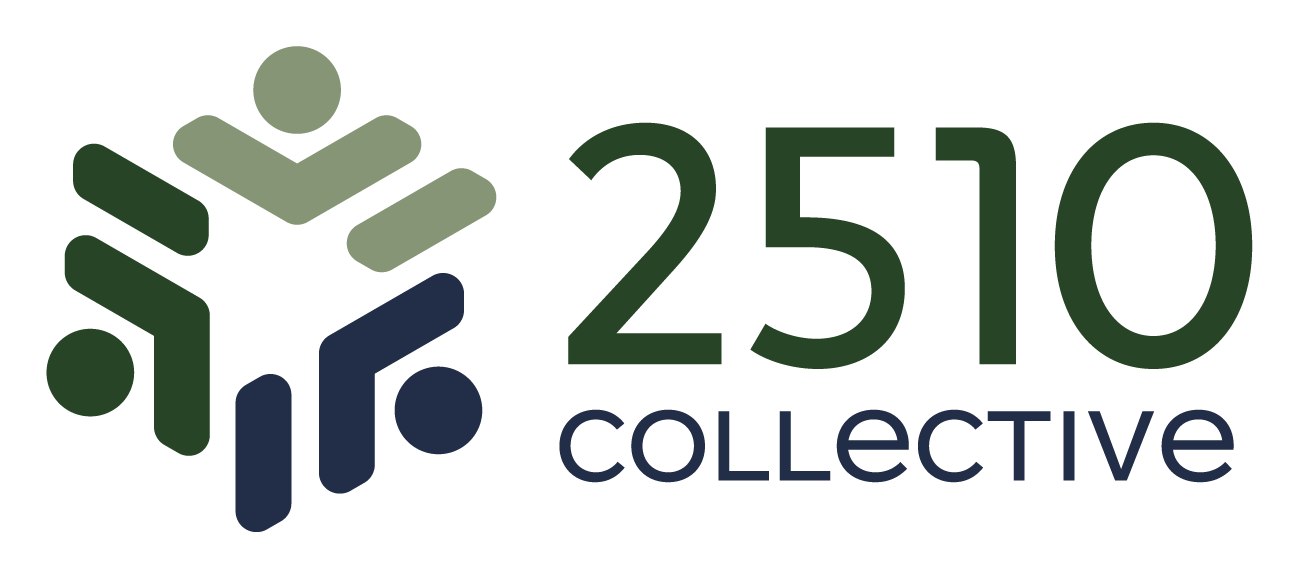Steady in the Storm (Part 3): Breathe Like You Mean It
The flood recovery is well underway in Texas. But for many, the storm inside is still surging.
The emotional toll of disaster rarely ends when the rain stops. In fact, it often begins in earnest during the recovery. When the adrenaline fades and reality sets in—what’s been lost, what still needs rebuilding—it’s easy to feel like you’re unraveling from the inside out.
This is the third installment of a 4-part series designed to give you practical tools to regulate big emotions. Whether you are affected by the current floods in Texas or feeling overwhelmed by other life events, these tools are effective and free - you can use them anywhere, anytime!
So what do you do?
You breathe. But not the rushed, shallow breath of barely-holding-it-together survival. No—you breathe like you mean it.
You’re Wired to Breathe—But Are You Doing It Right?
Breathing is one of the only bodily systems that works both automatically and voluntarily. That’s not a biological glitch. That’s design. It means you’ve been given direct access to your nervous system’s control panel—if you know how to use it.
In moments of stress, we instinctively breathe like prey: fast, shallow, high in the chest. That kind of breath tells your body, something’s wrong, stay on edge. And if you breathe that way long enough, your brain will believe it—even if the real danger has passed.
Paced breathing tells a different story.
Try this:
Inhale slowly for 4–5 seconds.
Hold for a beat.
Then exhale for 6–7 seconds.
Repeat.
What you’re doing in that moment isn’t just "calming down"—you’re changing state.
What Happens When You Breathe With Intention
Your calming system activates.
This is your parasympathetic nervous system—the part designed to put the brakes on stress. Slower breath tells it, we’re safe now.Your mind follows your body.
When the body settles, the mind stops racing. Thoughts slow. Panic fades. Focus returns.You land in the present.
When you’re counting seconds and feeling your lungs expand, you’re not reliving what you’ve lost or catastrophizing about what’s ahead. You’re here. And that’s where peace starts.You take back control.
You’re no longer at the mercy of your emotions. You’re actively managing them—one breath at a time.
This Is What Real Self-Regulation Looks Like
Let’s be real: post-crisis life is overwhelming. Insurance claims, mold remediation, temporary housing, family stress—it’s all exhausting. And when your nervous system is shot, it’s hard to think clearly or respond kindly. But here’s the good news: you have a tool. Always available. Always free. Always within reach.
Not a gimmick. Not a wellness trend.
Just biology—on your side.
Practice paced breathing now, when things are quieter. Build the habit in the calm, so when chaos returns—and it will—you don’t spiral.
You breathe. You stabilize. You lead.
Simple ≠ Shallow
Don’t underestimate this because it’s simple. Paced breathing is not about sitting passively. It’s about reclaiming agency in your body, so you can respond with clarity, not collapse in chaos.
Because stress will come.
Emotion will surge.
But panic? That part is optional—if you're trained.
And the breath? That’s your training ground.
If You’re Struggling, Reach Out
You’ve been through a lot. The damage isn’t just structural—it’s emotional. And you don’t have to carry it alone.
If you’re feeling stuck in anxiety, overwhelmed by decisions, or emotionally raw from all you’ve endured, professional counseling can help.
Whether you’re processing trauma, rebuilding your sense of safety, or trying to parent well while barely holding it together—we’re here.
Our team is trained in trauma, recovery, and resilience. And we’re walking this road with you.
Reach out. We’ll help you catch your breath—and keep going.
